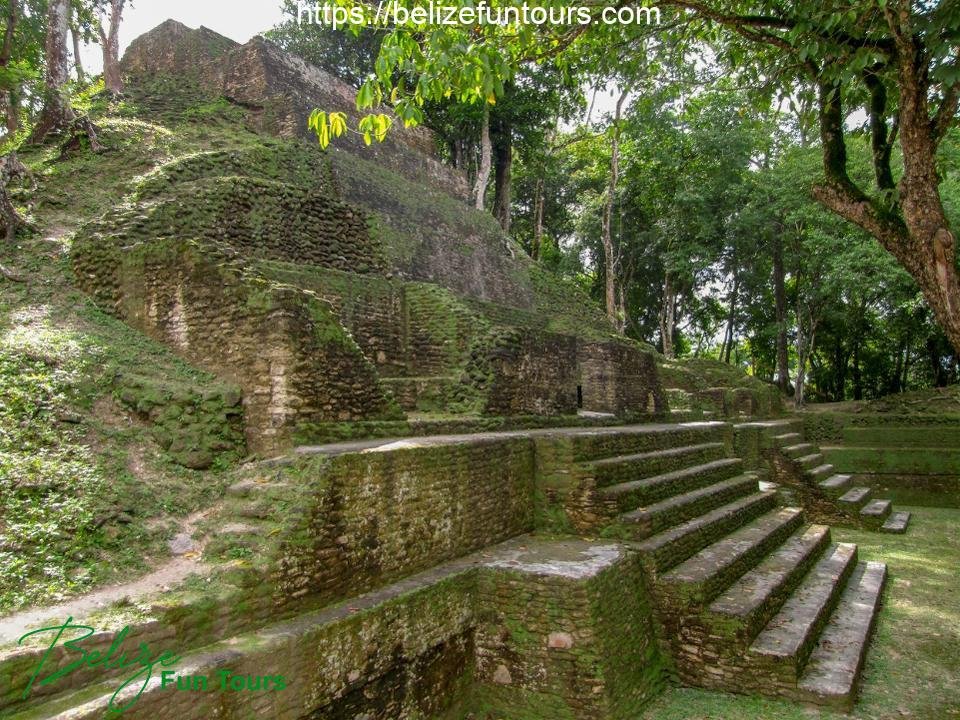Cahal Pech is located on an imposing hill that overlooks the twin towns of San Ignacio/Santa Elena. The name of the site means “Place of Ticks” in the Yucatecan Maya language. This name was coined in the 1950’s when the area around the site was used for pasture.
About Cahal Pech
Linton Satterthwaite from the University of Pennsylvania Museum visited the site in the 1950’s and conducted the first investigations. Other archaeologists to work at the site after included Gordon Willey, Peter Schmidt, Joseph Ball and Jennifer Taschek. It wasn’t until 1988 under the Belize Valley Archaeological Reconnaissance under Dr. Jaime Awe that the chronology of the site was more examined.
Archaeological investigations indicate that Cahal Pech was first settled sometime around 1200 B.C. and abandoned around 800 -900 A.D. The site is particularly important for the information it has provided on the earliest Maya settlers of western Belize. Early cultural remains, for example, suggest that the site’s first inhabitants were relatively sophisticated. They built large circular plat-forms that were used for ceremonial purposes, they carved many Mesoamerican or Olmec-like symbols on their pottery, imported jade and obsidian from Guatemala, modeled many figurines in the form of female individuals, and produced decorative beads that were made from Conch shells brought from the Caribbean coast.
Cahal Pech supported a substantial population from the Middle Preclassic to the Late Classic period. It is estimated that during the Late Clas-sic between 10,000 – 15,000 people lived in the city and its’ immediate periphery. The rest of the valley was also densely populated during this time, and residents of Cahal Pech undoubtedly traded and communicated with their neighbors at the nearby cities of Xunantunich, Baking Pot, El Pilar and Buena Vista.
Credit NICH – National Institute of Culture and History


0 Comment